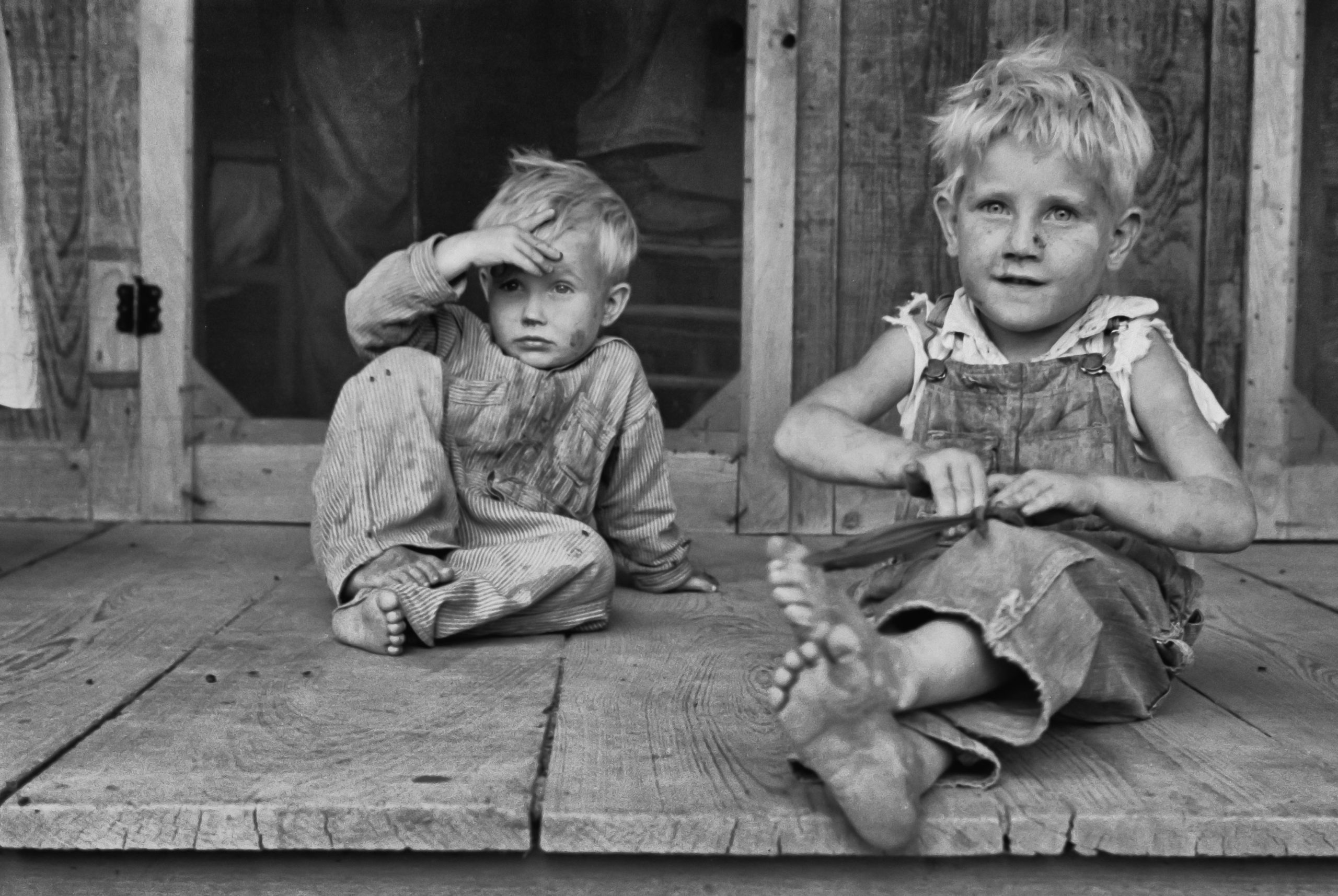They blew up the first Pasadena State Bank building today.
Yes, I know the modern terminology for taking down a building like that is implosion. But this was a building of the 1960s, so I’ve decided to forgo the refined vocabulary I enjoy today and address it as I would have in my youth. To a kid of my day, turning a 12-story concrete and steel building into dust and rubble meant you blew it up.
Growing up in Pasadena the building was a fixture of my formative years, and really, the whole town’s life. Even before the now-departed skyscraper was built in 1963 my father had accounts at their original location in Old Pasadena.
Looking back at some of his banking records after he was gone, I found a thick stack of canceled checks. There were 360 checks tightly held together with rubber bands. More than a decade after paying off the mortgage he kept these as tangible proofs of 30 years of timely mortgage payments.
Looking at the check he wrote for his first mortgage payment, I was surprised to see that in the mid-1950s there were no account numbers at the bottom of his checks. The only identifying information was my parents’ names pre-printed at the top of the check.
Back then, I guess banking, like life, was a lot more personal.
In the early 1960s, I liked to go with my father to deposit his paycheck on Fridays because the tellers would give lollipops to the children accompanying their parents. I distinctly remember the excitement of waiting for the candy and the great disappointment I felt when no sucker was offered.
My father had a strong sense of propriety and would never let me ask for the candy when I’d been ignored. People of his generation were loath to ask for things, and since candy, like everything else I wanted, cost money, he was hesitant to buy it too.
One of my first jobs was at Globe, a big discount store across the street from the bank. The store was like an early1970s version of Walmart, but one not nearly as classy.
Getting out of my rusting 1972 Chevy Vega in the Globe parking lot, I could gaze across the street and admire the picturesque, Frank Lloyd Wright-inspired bank building and the much more exclusive Foley’s Department store next door to it.
Foley’s was the kind of store families like mine rarely entered, much less bought anything. My Dad would say that Foley’s prices were “high as a cat’s back”, so we tended to shop with the other commoners at places like Globe and sometimes the big Sears store down the street.
First Pasadena State Bank was where I deposited my meager teenage paychecks from Globe, and later, from my job washing dishes in the Sears coffee shop. It was there I learned how not to handle a checking account, and eventually how to manage my money respectably.
In those days I could go inside the spacious lobby, get in line for one of the 15 or so tellers, and withdraw $5 from my checking account. Five bucks was just walking around money back then, but as long as I wasn’t planning to buy a new album that week, five bucks would go a long way.
Less than half a block away was Der Wienerschnitzel, an odd A-framed fast food outlet. It was a building you literally drove through to order. Many nights, after getting off work late at Globe, I’d drive through Der Wienerschnitzel and order 3 hot dogs with mustard, onions, and a thin brown gravy that was not a decent facsimile of the chili it purported to be.
I could eat those hot dogs, wash them down with a 16-ounce Dr. Pepper, and go right to sleep. Ah, the blissful days before we knew (or particularly cared) what we were eating!
Sometime after getting married in 1980, First Pasadena was where I first used an automated teller machine. In the early years of our marriage our ATM withdrawals rarely exceeded $10, but being able to use the machine, made the withdrawal seem more valuable. It was a wonderful, fascinating technology even if, prior to ATM networks, our card only worked at the bank’s one machine.
To me, the early 80s were the beginning of a new age of life and the gradual closing of another. Globe was long gone, as was the cheap hot dog joint I frequented. In the years that followed, many other landmarks great and small would fade away including the once-mighty Sears store.
During those years the once venerable old bank changed hands (and names) again and again, and with the introduction of branch banking, the tower ceased to be the hub it once was.
We haven’t lived in Pasadena in more than 35 years and our infrequent trips back became even rarer after the passing of our parents. I know the bank has been vacant for more than a decade and the few times I drove past it in recent years a feeling of vague sadness struck me. A once impressive building of which the whole city could be proud had become nothing more than a sad relic of a different era.
In the 1960s the towering building seemed to be reaching for the sky as if pointing to bigger and better things for the city. There must have been a sense that if Pasadena could have a bank that majestic, it could do anything, become anything.
A decade later In my teenage years, I felt a similar naive optimism about the future. Like the path of the city, my life has been a series of great challenges intermixed with some great successes. Those successes aren’t the kind you see in bank statements or in buildings, no matter how magnificent.
After nearly 6 decades of life, I stand back and consider the great blessings God has poured out on me, and I marvel at the lasting things that can’t be imploded.



